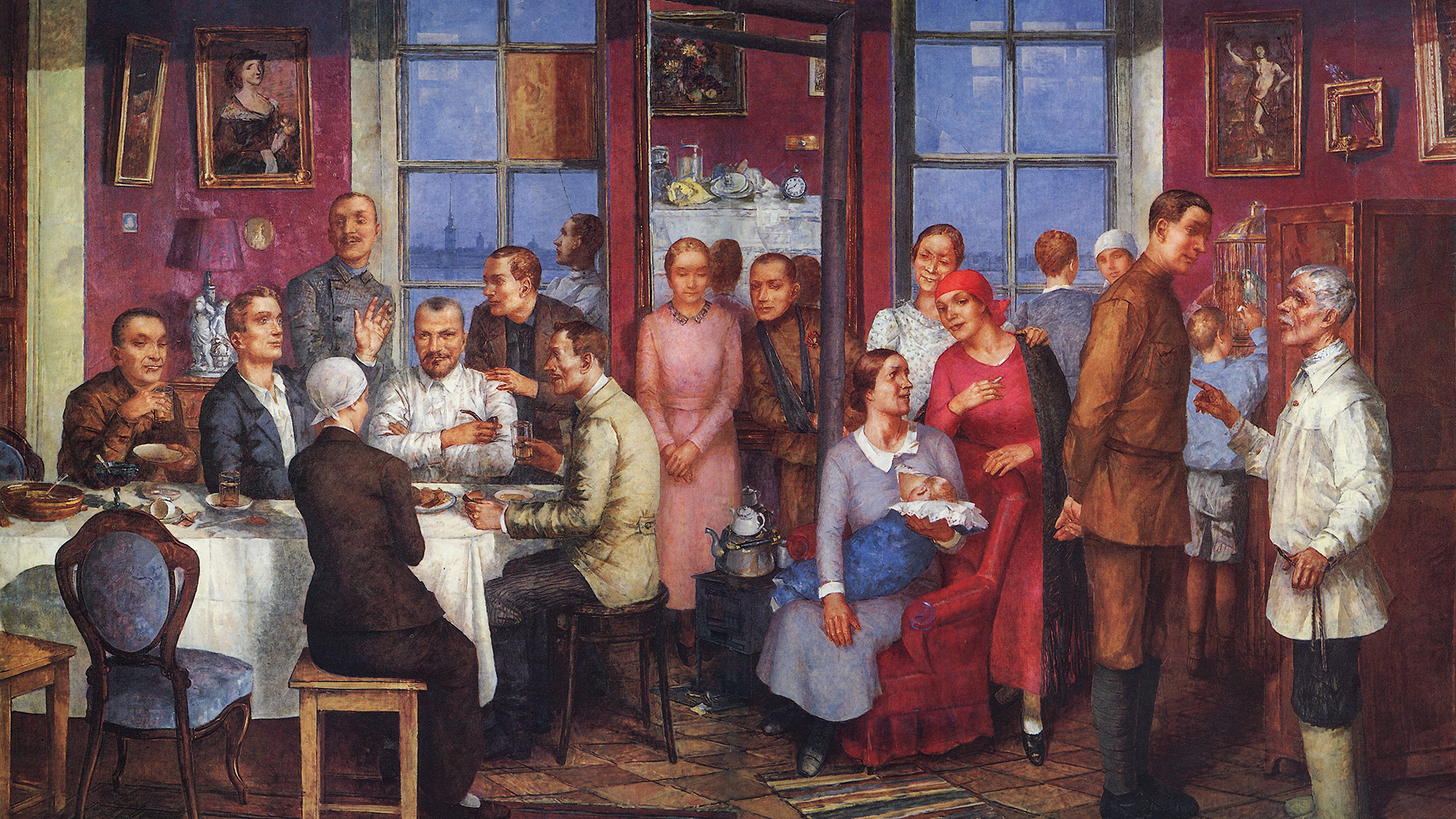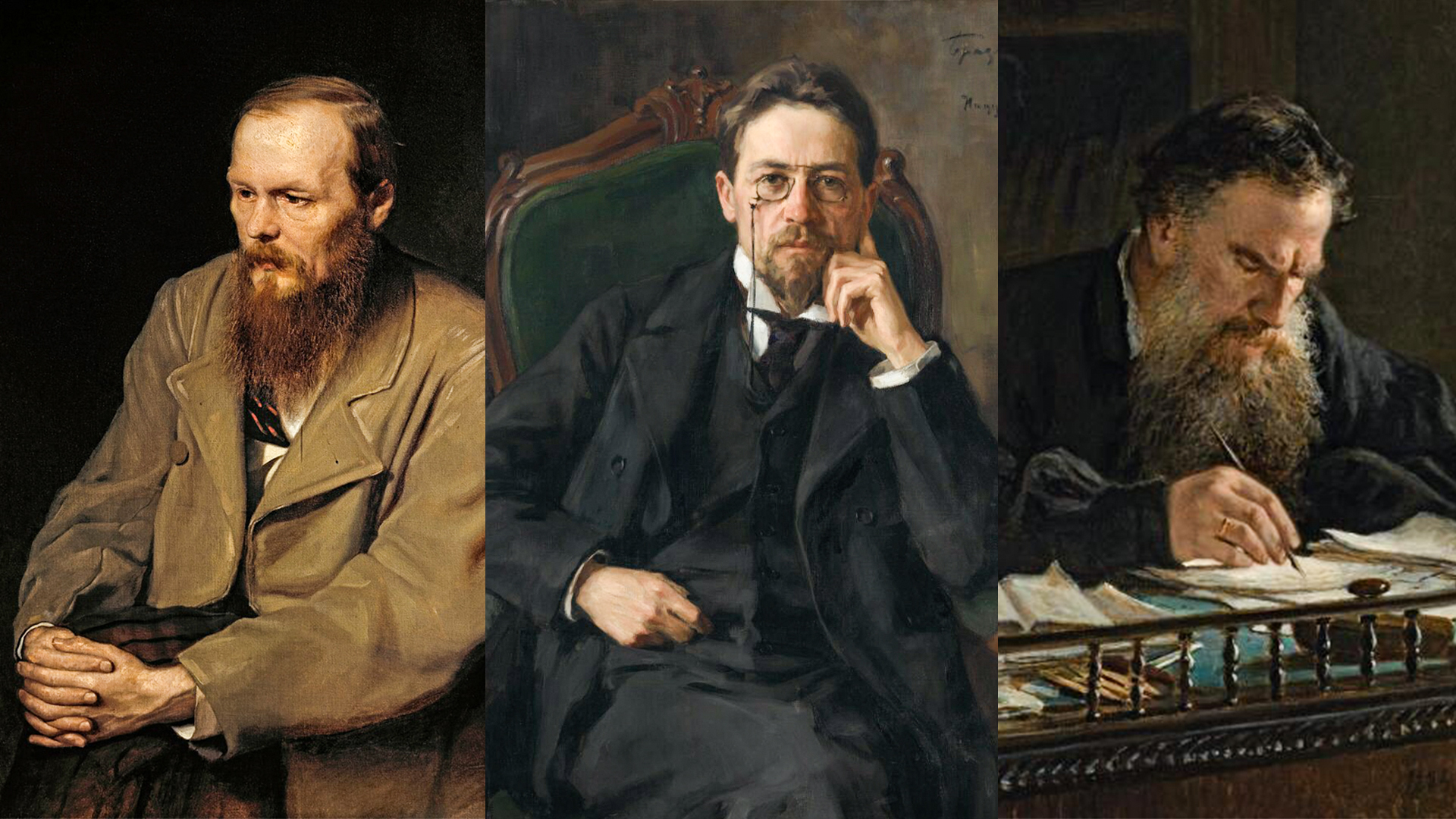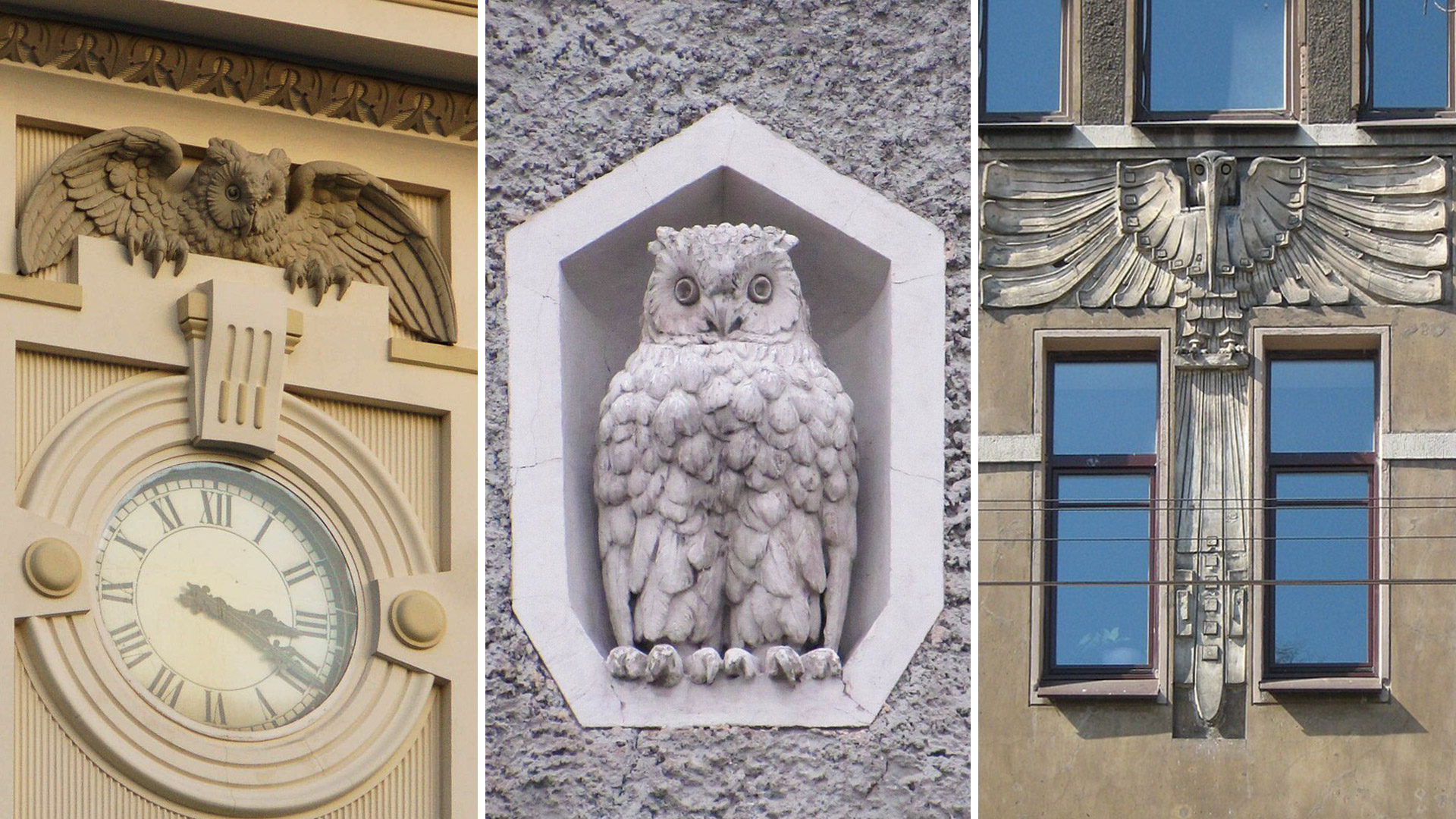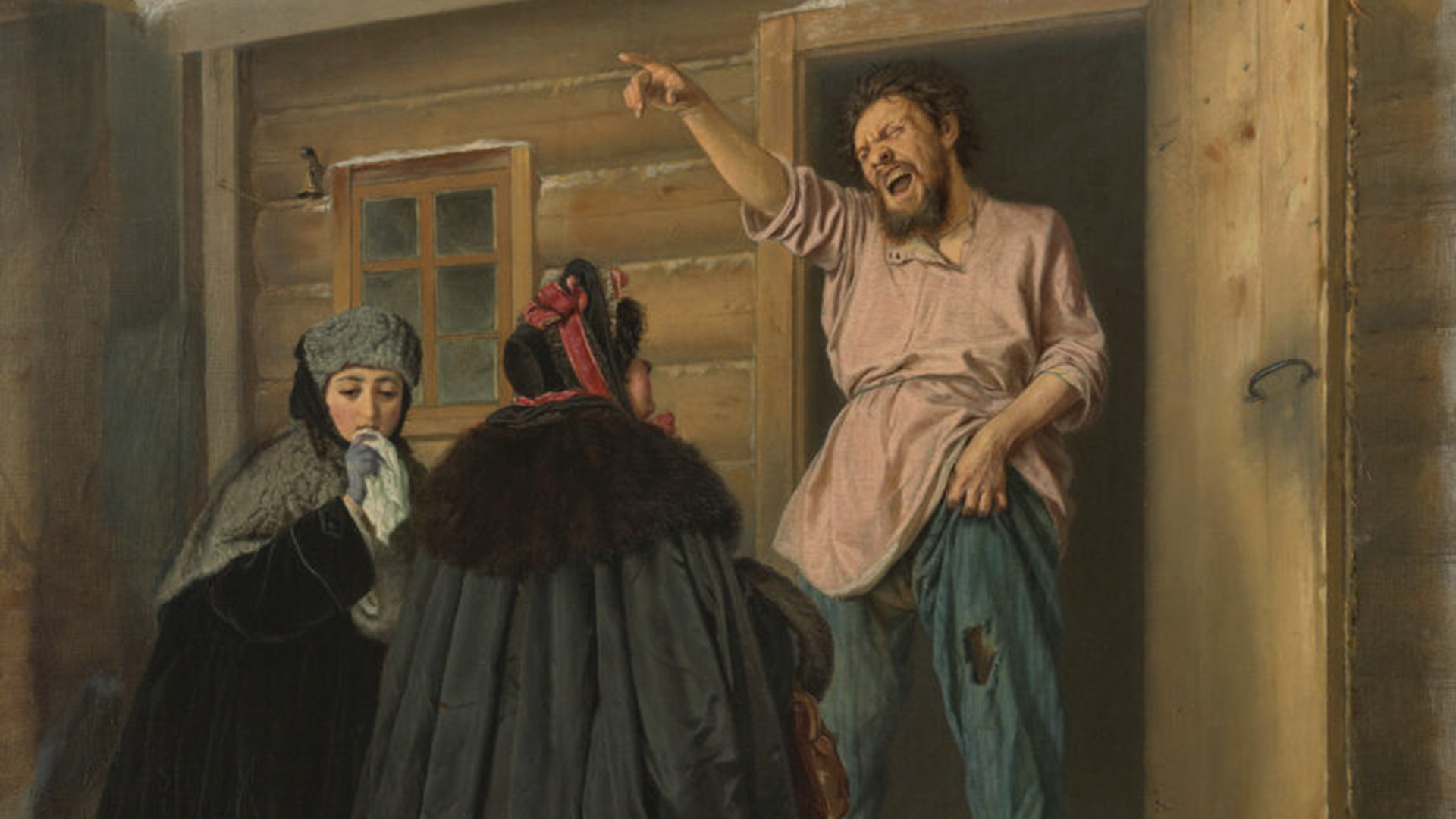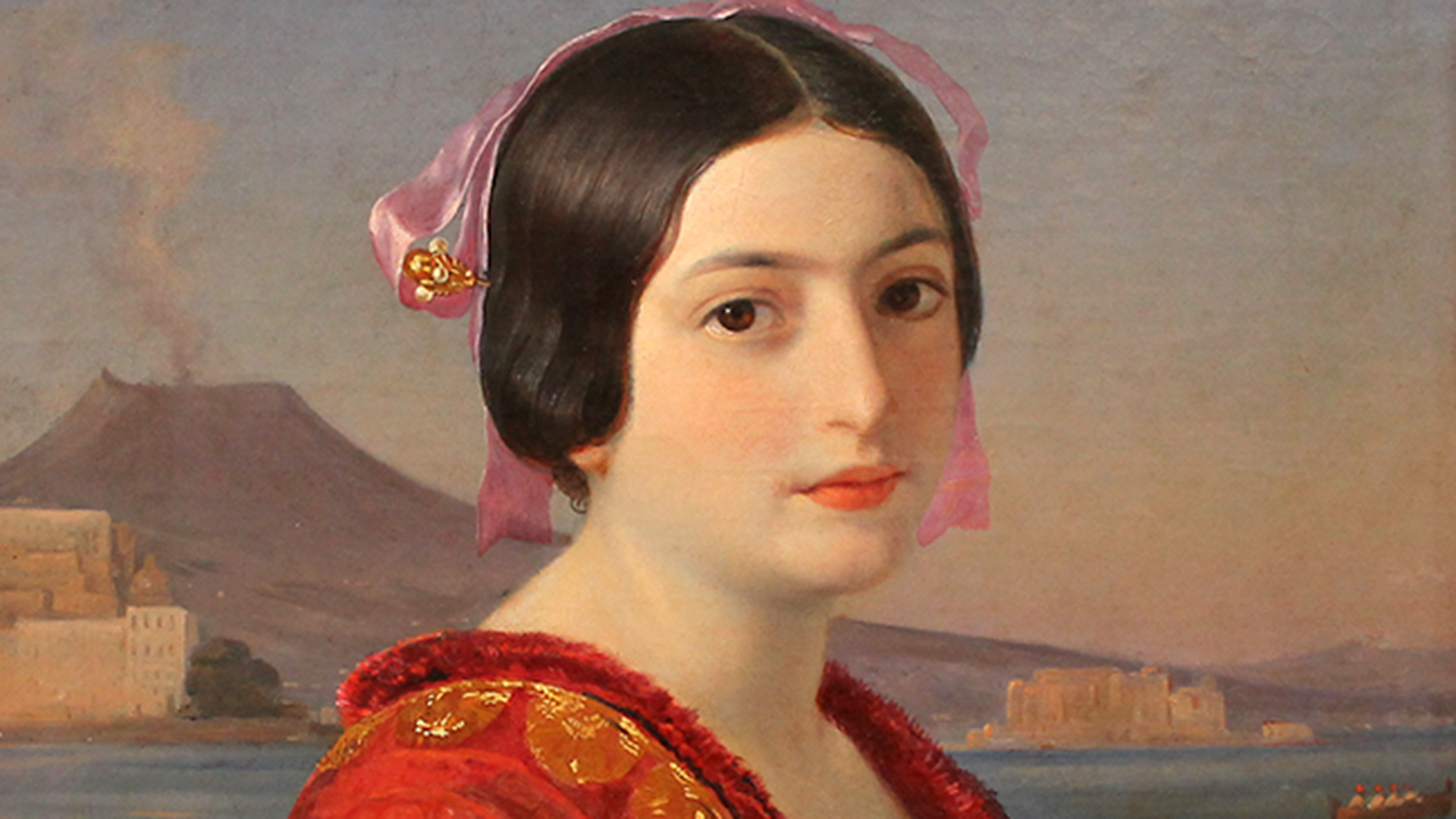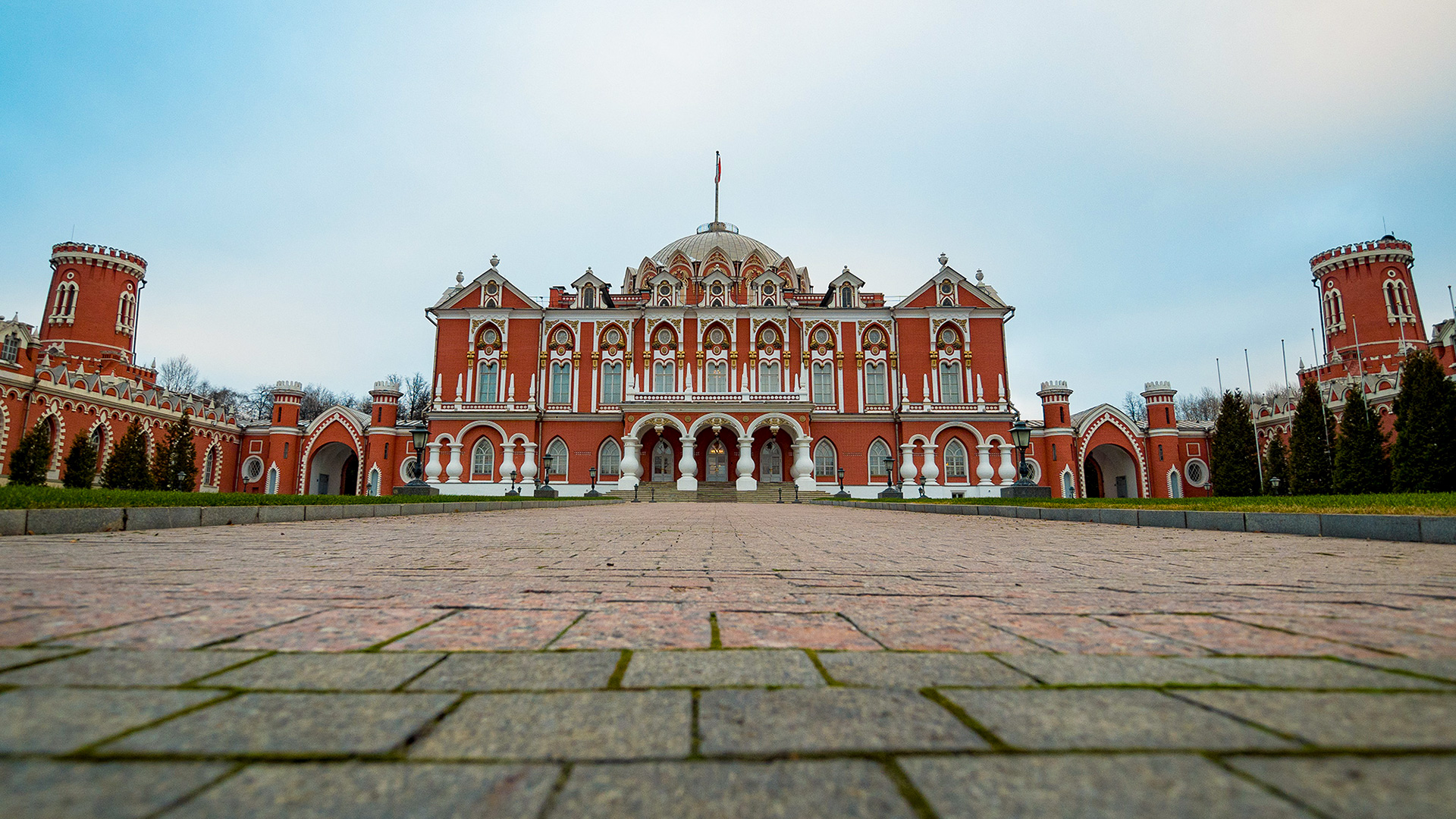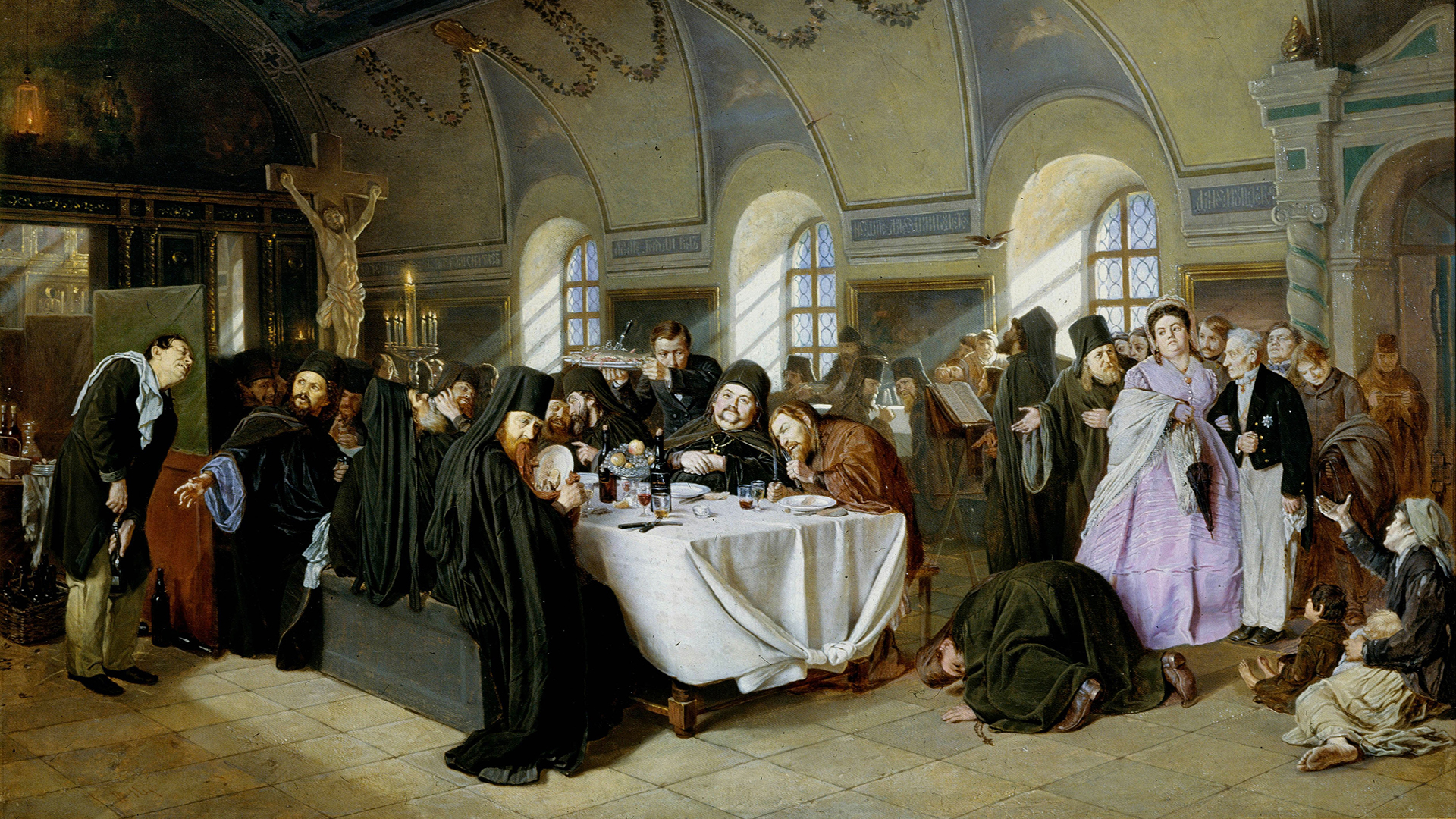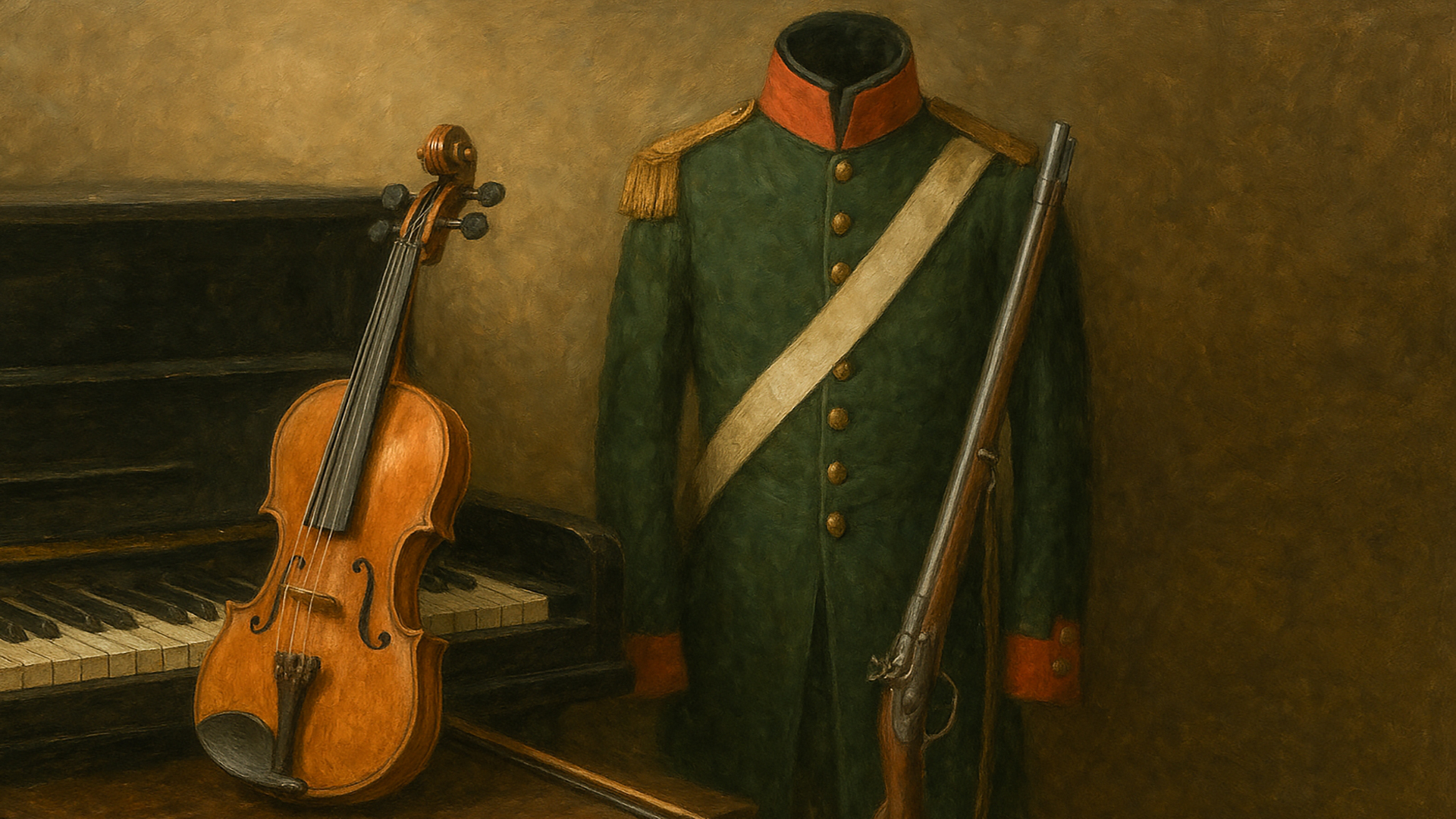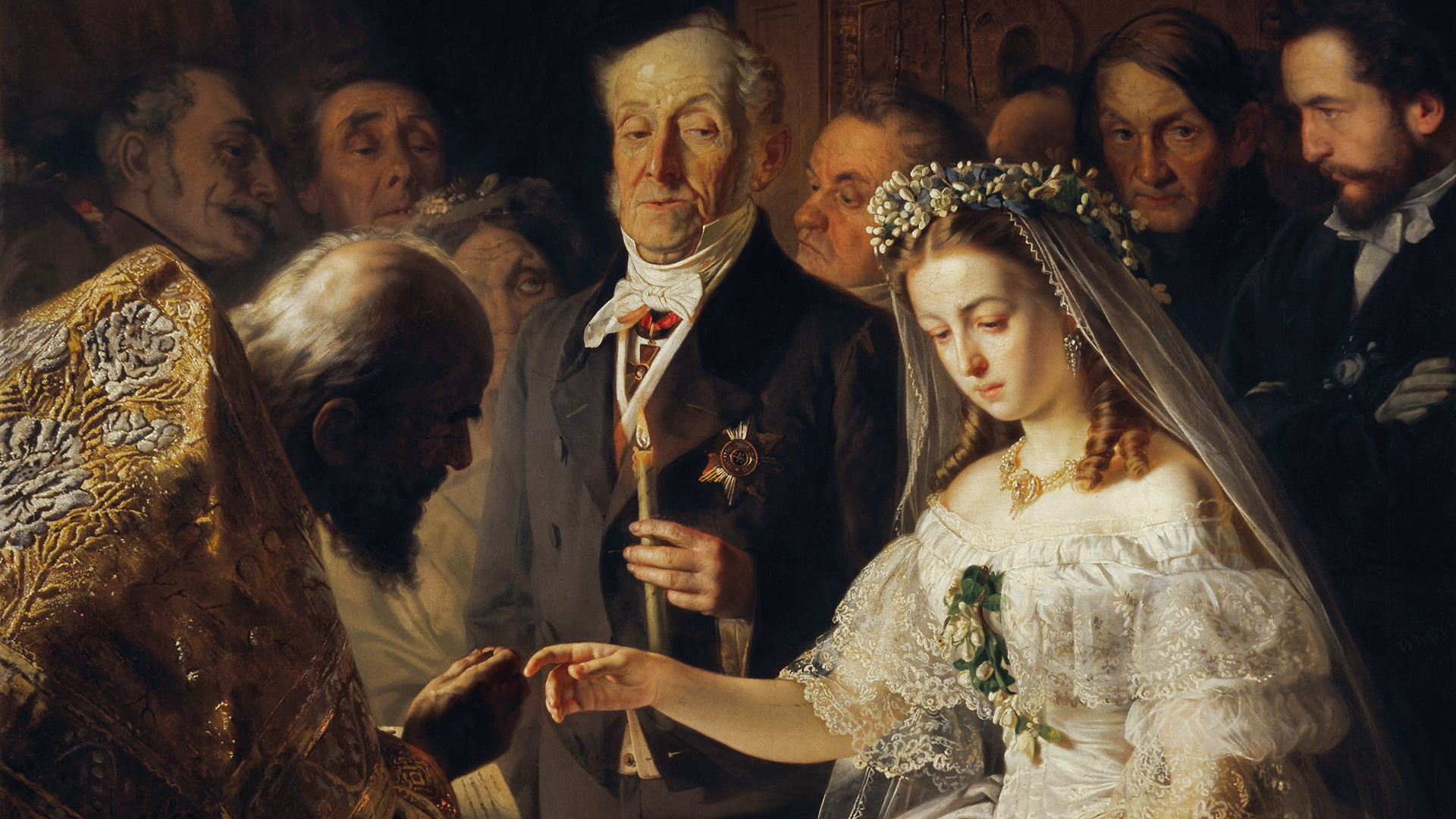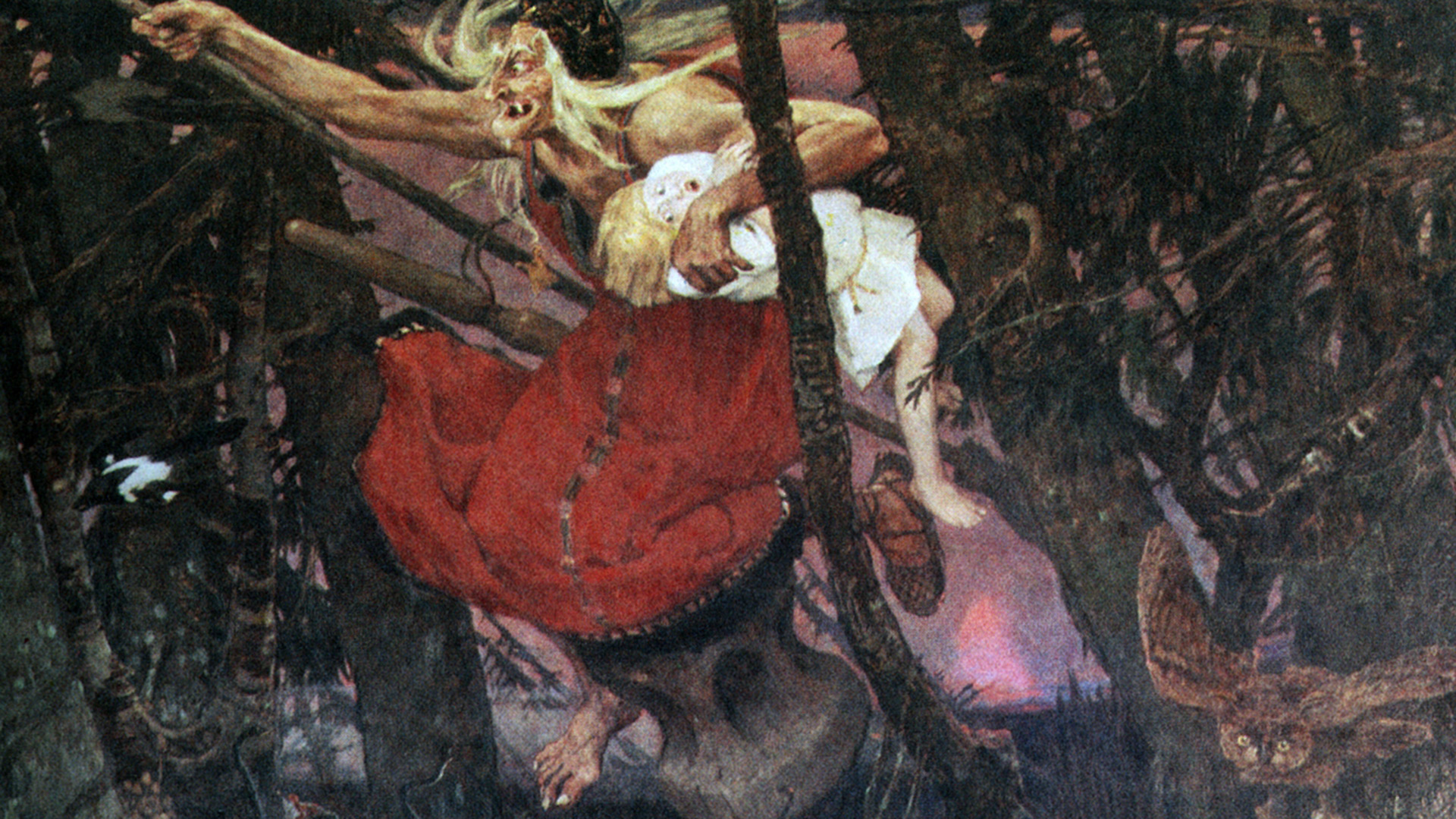
How did images of Alexander the Great appear on Orthodox churches?
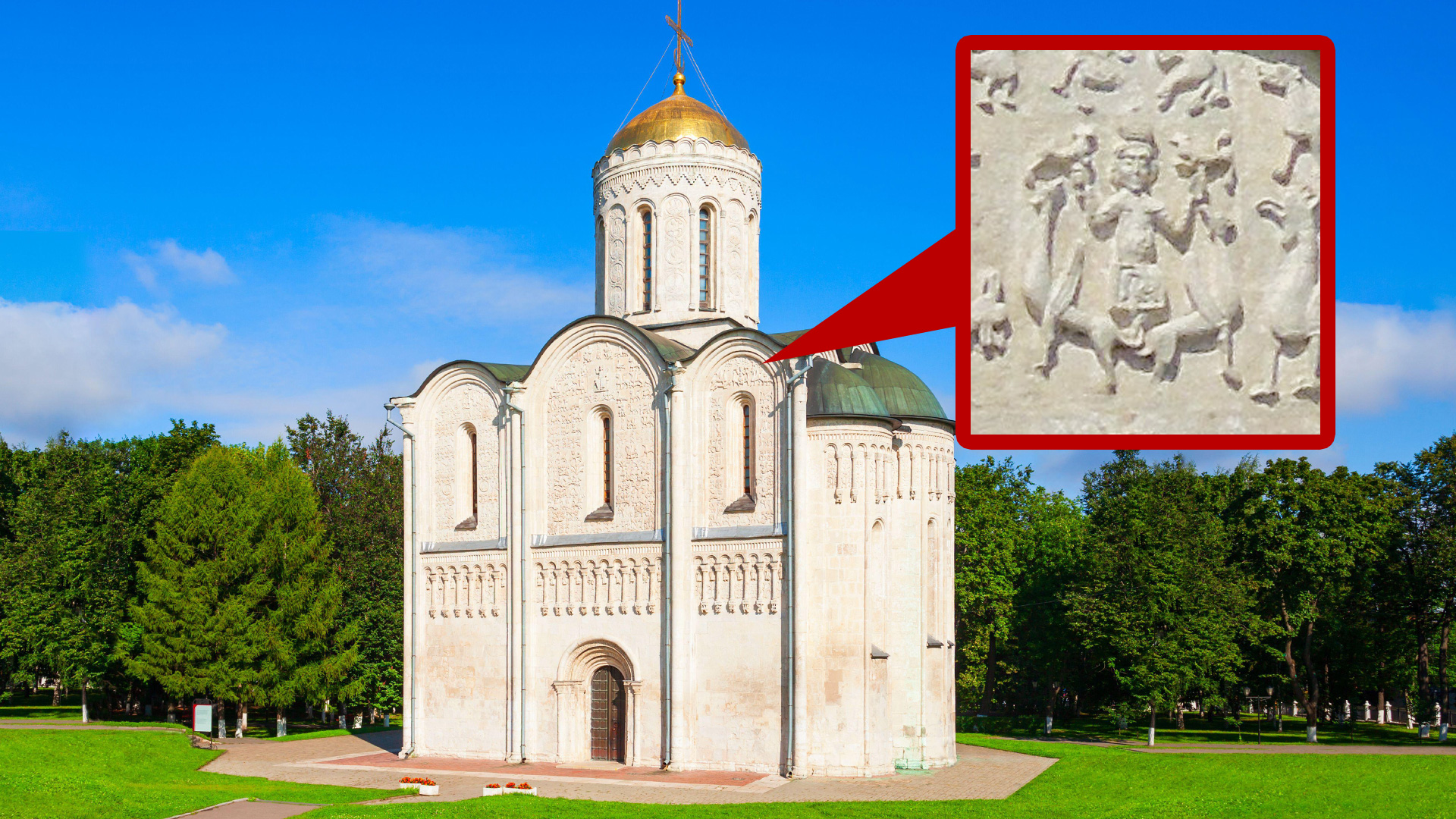
At first, the connection between an Orthodox church and the 4th century BC emperor might seem out of place. However, in the 11th-13th centuries, the creator of the largest empire of antiquity (who was revered as a deity) was often depicted on church bas-reliefs in Europe. The pagan ruler symbolized the power that God grants to monarchs. There were also images of Alexander the Great in Byzantium, from where, apparently, they migrated to the facades of Orthodox churches of Ancient Rus', as well as to pectoral crosses and even coins.
For example, on the St. Demetrius Cathedral, a basket with the emperor is pulled into the sky by two griffins. This is how the legend of the “Ascension of Alexander the Great” was depicted in stone. The king, having tamed two birds, attached a basket to them. Then, taking spears and stringing a liver on them, he sat in it and made them lift him into the air.
Also, the image of Alexander the Great can be found on the St. George Church in the city of Yuryev-Polsky.




